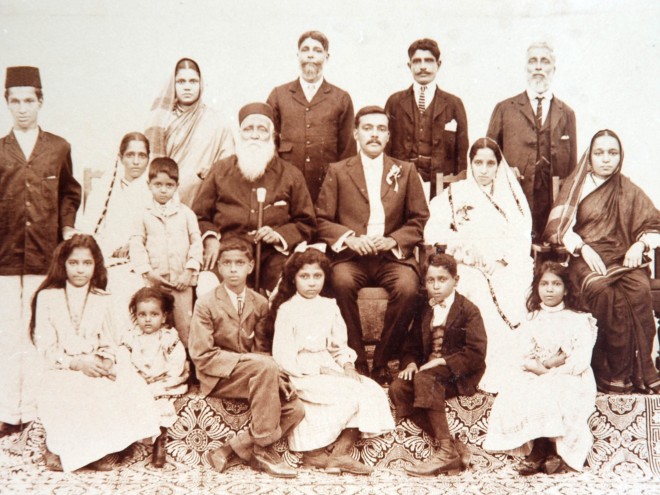In her new book of recipes, Esther David presents the cuisine of India’s Jewish community, Bene Israel. Once a thriving population, the Jews of India have dwindled to about five thousand people scattered over several communities on the subcontinent. David, a novelist and Bene Israel Jew, traveled to all the communities in India in an effort to preserve their culinary traditions before they disappear.
Bene Appétit is valuable for the picture it paints of the various Jewish communities, as well as for documenting their recipes. David started with the largest population in the Mumbai area and then ventured to rural centers in the south and remote villages in the northeast.
Rich with the flavors of India — ginger, saffron, coconut, chilies, curries, chutneys — Indian Jewish cuisine reflects the food of India but also observes the laws of kashrut; for example, coconut milk is substituted for dairy products. In place of kosher wine, homemade grape juice — Shabbat Sherbet — is used for kiddush. Instead of challah, chapatis, or a flat bread, is found on Shabbat tables throughout India.
Vegetables play a large role in a culture with a strong vegetarian tradition. Most of the Jewish communities are near the coasts, so fish is a favored ingredient. Kosher meat is not widely available, and the communities often fall back on their elders to prepare meat ritually. Dessert usually consists of fruit. Many Indian homes do not have ovens, so a great deal of the cooking takes place on a stove top.
In Andhra Pradesh, in the south, the Hanukkah treat is a sweet ball of powdered rice. The Cochin Jews prepare an interesting variation of raita, called pachadi, with chilies and curry leaves. The Bene Israel Jews, in a surprising departure from Jewish practice, hold a ceremony of thanksgiving—malida—to honor the prophet Elijah. For the malida ceremony, a bowl of dampened rice flakes is mixed with sugar, coconut, nuts, and spices, accompanied by plates of varied fruits.
This is an engaging book, marked by David’s delight in her discoveries and anecdotes about her travels. It offers a rich and varied cuisine, and home cooks will find a broad range of new and flavorful dishes to try out.
Maron L. Waxman, retired editorial director, special projects, at the American Museum of Natural History, was also an editorial director at HarperCollins and Book-of-the-Month Club.





